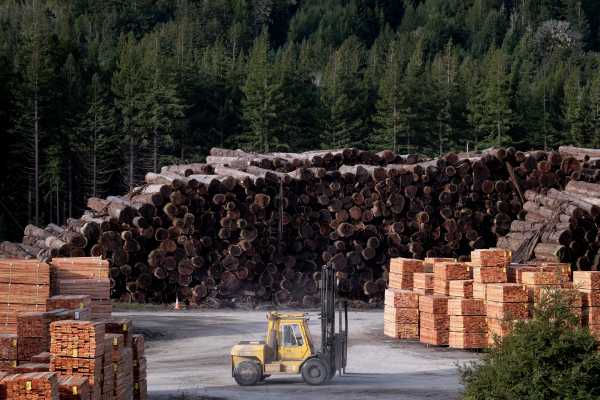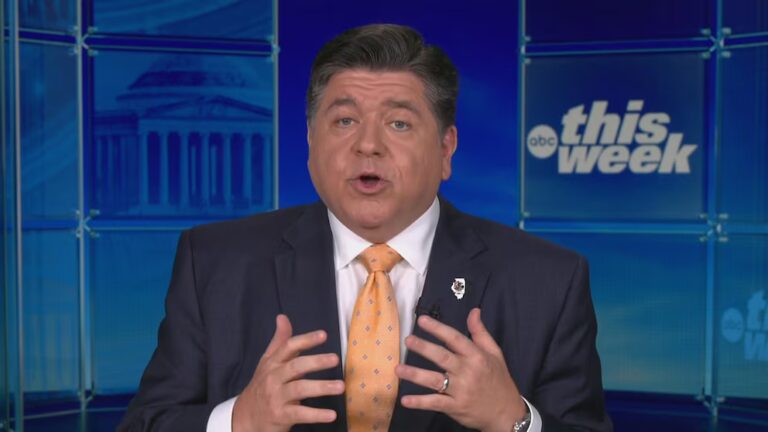
The deadly Camp Fire that destroyed the town of Paradise, California, has killed at least 81 people, left almost 700 missing, and burned more than 152,000 acres since igniting on November 8. This is the deadliest and most destructive wildfire in California history, and it’s still burning.
The Trump administration’s response to this and other recent massive, deadly fires across California has become almost routine: blame environmentalists.
During a call with reporters on Tuesday, Interior Secretary Ryan Zinke said the forest fires stemmed in part from “lawsuit after lawsuit, by yes, the radical environmental groups, that would rather burn down the entire forest than cut a single tree or thin the forest.” Over the weekend, he criticized “environmental radicals” for California’s fires.
Similarly, back in August he accused “environmental terrorist groups” of blocking timber sales on public lands in August, which prevented logging that may have reduced the fuel available to burn.
While visiting the devastated areas of northern California this weekend, Trump praised Finland for raking their forests, suggesting that it would be a good tactic to fight wildfires in California. (A hilarious flurry of photos on social media ensued.) But he’s also blamed California’s “gross mismanagement of forests” for the state’s record wildfires and “bad environmental laws,” claiming bizarrely that water was “foolishly being diverted into the Pacific Ocean.”
It’s true that environmental groups have sued to block timber sales on public land and these lawsuits have stalled logging projects. But activists say opening forests to logging would do little to reduce fire risks from the kinds of vegetation that are most prone to ignite. The US Forest Service also found that some kinds of logging can actually increase forest fire severity.
“Harvesting timber does not translate simply into reducing fire risk,” according to the Forest Service.
And Zinke himself pointed out that the recent massive fires stem from a mix of different issues land use, forest management, and climate change.
Where Zinke, the timber industry, property owners, and environmental groups do agree is that California’s wildfire problem stems in large part from deliberate decisions and human activity. There’s an urgent need to rethink how Californians live alongside areas that burn on a regular basis.
But the unresolved controversy is in just how to manage these forests going forward and what the priorities should be.
The Trump administration wants more logging to reduce wildfire risks
Wildfires are a natural and necessary part of the ecosystem. That said, the scale and the destruction from these recent fires build on years of drought, record heat this summer, insect infestations, and long-term changes in the climate.
In California, these factors have converged to kill off more than 129 million trees across federal, state, and private lands, creating huge bureaucratic hurdles for managing an already immense fire risk and safety hazard.
But California has also allowed thousands of homes to be built in high-risk areas, putting lives and property at risk, as well as increasing the risk of igniting a blaze.
Another key factor is active fire suppression. Over nearly a century, land managers have worked to extinguish blazes as quickly as possible rather than letting them run their course. This has allowed forests in the western United States to build up to an unnatural density, which increases the fuel available to burn.
Zinke acknowledged that all of these factors play a role in the severity of forest fires. “I don’t want to finger point, there’s a lot of variables in this,” he added. “And yes, the season’s getting longer. The temperatures are getting hotter. We’ve had a historic drought condition in California. The dead and dying trees from beetle kills. The density of trees. The amount of underbrush. Those things can be mitigated, but we have to work together.”
Agriculture Secretary Sonny Perdue joined Zinke on Tuesday to advocate for an approach called “active forest management.” It’s where you treat a forest like a garden to be weeded, pruned, and harvested rather than leaving it to its own devices. It entails cutting branches, removing high-risk trees in some areas, planting trees in others, and even deliberately starting fires. It’s an idea that’s also supported by forest researchers and some environmental groups.
The Sierra Club, for example, opposes commercial logging on public lands, but supports cutting particular trees to enhance the health of forests. “Selection cutting systems shall be used, unless the biological requirements of the forest dictate otherwise,” it says in a policy statement.
Their concern with commercial logging is that logging companies want to harvest old-growth trees, which also tend to be the most resilient against fires, rather than the younger trees that pose a greater fire risk.
To this end, environmental groups and logging interests have actually started working together in recent years to come up with plans to harvest trees while also reducing the fuel available for the next inferno.
“The vast majority of the mainstream environmental community is on board,” Rich Gordon, president of the California Forestry Association, told the Sacramento Bee. “We’ve been working hard together … and have good partnerships.”
Many of California’s worst fires have actually burned on federal land, not state land, so the federal government has to be a major player in reducing the likelihood of another deadly, destructive wildfire. And Zinke has made exploiting public lands for commercial purposes a key part of his agenda.
Letting private companies make money off of timber harvests that also serve to thin out overgrown forests, restoring them to a healthier state, would help accomplish this goal. The US Forest Service has had to borrow money from its own forest management programs to fight fires, so timber sales in federal forests could help fund further fire risk reduction programs.
There’s no quick and easy answer to California’s wildfire threat
But even if environmental activists and the government reach some kind of concordance on how to reduce fire risks, the challenge ahead is immense. Cutting down anything close to 129 million dead trees would be horrendously expensive, and there aren’t enough sawmills in California to process them.
Scientists have also found that dead trees don’t necessarily lead to larger burned areas, so it’s not clear that cutting them down is a useful tactic. (And to be clear, logging companies are mainly interested in live, healthy trees, not dead ones.)
Prescribed burns aren’t a risk-free option either. Some of these deliberate fires have spread out of control in the past, destroying homes and taking lives. The smoke they generate would also pose an immense health hazard, just as the smoke from the Camp Fire temporarily created some of the worst air quality in the world.
And it would take years to deploy any concerted active forest management strategy, during which time populations will grow and temperatures will rise, increasing the risk of another major blaze. Perdue described fire risks as a generational problem: “We didn’t get here overnight,” he said. “This is going to take years.”
Lawmakers are now considering a Farm Bill that has several firefighting provisions. The House version of the bill allows the Interior Department and the Forestry Service more leeway to remove dead and diseased trees on federal lands. It also expands Good Neighbor Authority, which allows states and local governments to step in to perform forest management tasks on federal land, overcoming a key bureaucratic hurdle.
Sourse: vox.com






